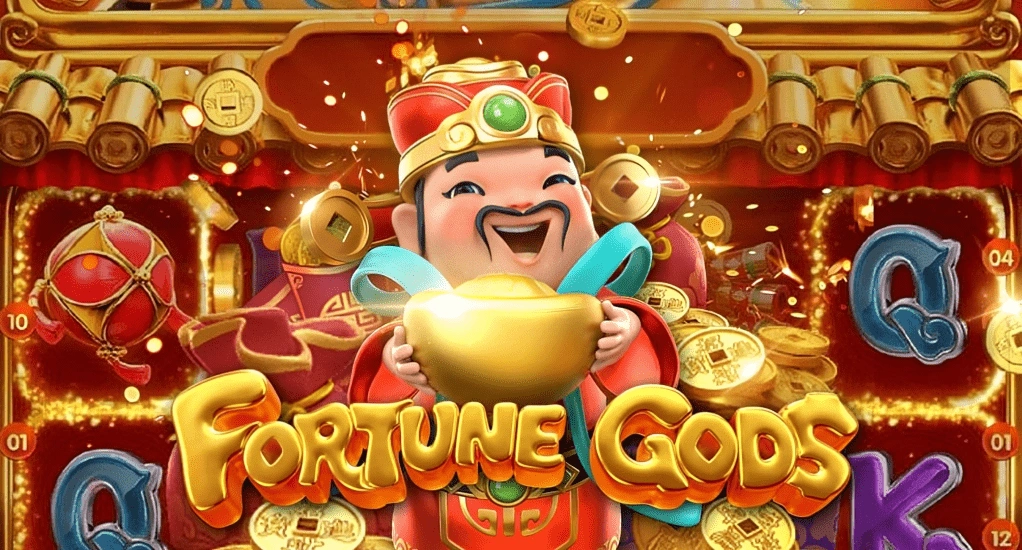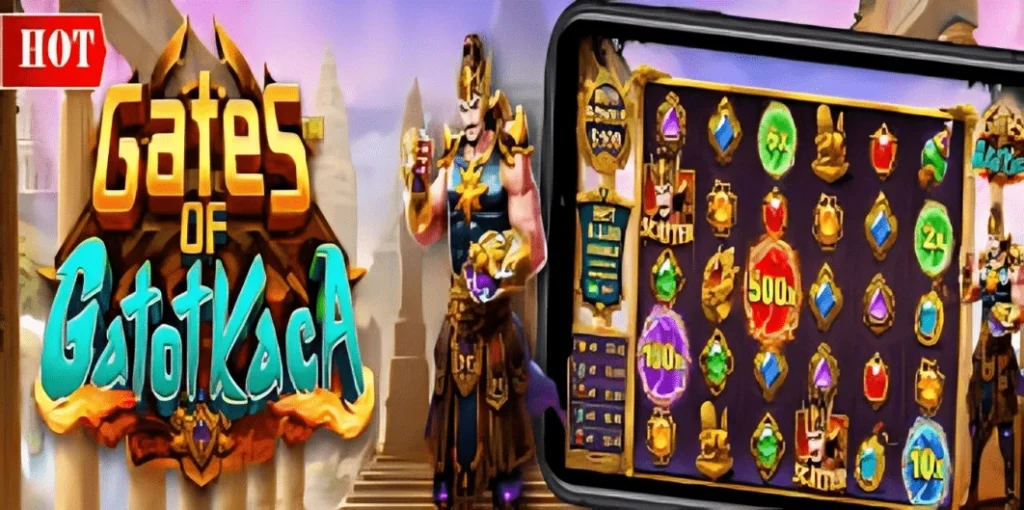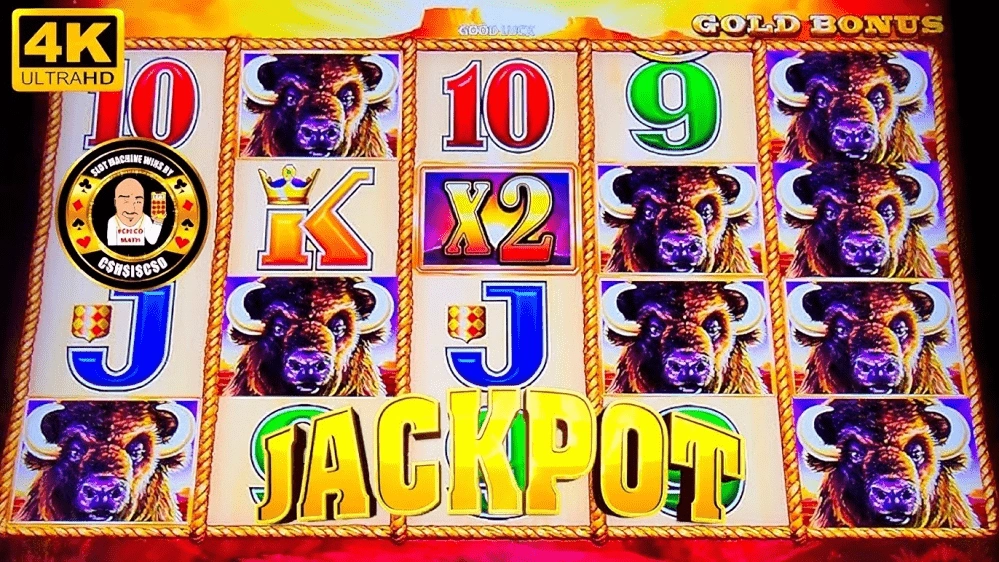Why PlayStation and PSP Games Are Gaming Masterpieces
PlayStation has earned a reputation for delivering some of the best games in the video game industry. The platform has consistently raised the bar in terms of gameplay, graphics, and storytelling. Beyond home consoles, the PlayStation Portable (PSP) brought similar high-quality experiences to a handheld device, offering immersive adventures on the go. Together, PlayStation and PSP games have created a legacy of unforgettable gaming experiences.
The diversity of PlayStation games is one of its strongest attributes. Action-packed titles like God of War and Spider-Man combine fast-paced gameplay with cinematic presentation, while story-driven RPGs like Persona 5 immerse players in rich narratives and character development. These games are regarded as the best games because they blend technical mastery with engaging, emotional storytelling, offering experiences that resonate long after the credits roll.
The PSP extended the reach of PlayStation games into the portable space. Many PSP games matched the quality of console Ladang78 releases, both in gameplay and graphics. Games like Crisis Core: Final Fantasy VII and Monster Hunter Freedom Unite allowed players to explore expansive worlds, tackle challenging quests, and engage in strategic combat on the go. The handheld system demonstrated that portable gaming could be sophisticated and compelling, broadening the scope of PlayStation experiences.
Storytelling is central to PlayStation’s appeal. The best games often feature memorable characters, intricate plots, and emotional moments that captivate players. The Last of Us exemplifies this, blending narrative depth with immersive gameplay. PSP titles like LocoRoco and Patapon proved that even smaller-scale games could deliver creative storytelling through unique mechanics, making the gameplay experience feel fresh and engaging.
World-building is another key strength of PlayStation games. Expansive and detailed environments encourage exploration, problem-solving, and discovery. PSP games, despite hardware constraints, also offered engaging worlds. Monster Hunter Portable 3rd created vast ecosystems with dynamic gameplay, proving that handheld games could rival console experiences in terms of depth and engagement.
The influence of PSP games continues to shape modern gaming. Many titles have inspired remakes, ports, and spiritual successors, highlighting their enduring appeal. PlayStation games, both handheld and console, consistently set industry standards for innovation, narrative quality, and gameplay design. Gamers continue to return to these titles, drawn by the creativity, depth, and immersion that define the PlayStation experience.
In conclusion, PlayStation and PSP games are among the best games ever created. Their combination of immersive storytelling, innovative gameplay, and expansive worlds ensures they remain timeless classics. Whether revisiting a nostalgic PSP adventure or diving into a modern PlayStation blockbuster, players can enjoy experiences that continue to captivate and inspire.








